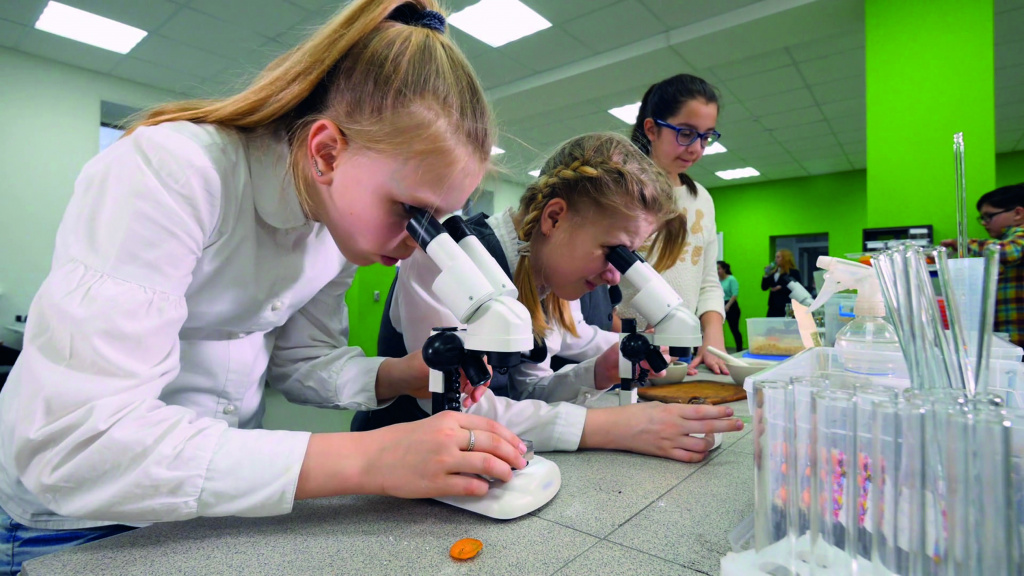
The new biology curriculum focuses on subject-specific knowledge that builds on what students learned in KS2. In this first of two articles, we cover the topics of ‘Cells and organisation’, ‘Cellular respiration’ and ‘Gas exchange systems’. The curriculum objectives are supported with engaging ways to approach the topics, as well as pitfalls to avoid.
Cells and organisation
Objectives:
- Understands what a cell is
- Can name its parts and their functions
- Recognises cell parts and their functions in a unicellular organism
- Understands diffusion between cells
- Understands how cells vary between plants and animals
- Understands how cells vary among plants
- Understands how cells vary among animals
Pupils will have studied characteristics of living things at KS2 and differences between living things, things that are dead and things that have never been alive at KS1. They may be able to say that living things are made of cells, but are unlikely to have developed understanding of this concept. In KS2 they have been introduced to the variety of living things and have classified living things into groups. Pupils are aware of what living things need to stay alive and they have studied the digestive system, the heart and blood, and may have met the idea of cells in the context of blood cells. They know that plants make their own food, but do not know how plants do this. Pupils may have looked at objects through microscopes and begun to develop a sense of scale.
Looking at living material using a microscope with slides pupils have prepared themselves is likely to stimulate pupils’ interest and develop their understanding that living things are made of cells. Suitable materials include: onion epidermis, a single leaf from Canadian pond weed, the torn edges of lettuce and other leaves, pupils’ own cheek cells swabbed using a cotton bud (Refer to section 14.4.2 of the CLEAPSS Laboratory Handbook available online and any LEA guidance). Prepared slides will provide further examples of cells, particularly animal cells, but teachers should keep in mind that pupils need explanation of where the slides come from and how they are prepared to give them context.
Researching a range of unicellular organisms, watching videos and studying photographs will illustrate how unicellular organisms such as amoeba and euglena have structure that are adapted to a range of life functions, such as feeding and moving. Linking this to characteristics of living things already studied at KS2 and to topics, such as nutrition in multicellular organisms will help students see the underlying themes that link within biology. An appreciation that apparently simple, microscopic organisms are highly evolved is also significant here.
Pupils should be encouraged to further develop their sense of scale and importantly to consider that science studies the world at many levels, from particles and molecules to cells, tissues, organs, organ systems and whole organisms, to how all of these interact with the environment and on to space and the universe. There are good opportunities here for developing transferable numeracy skills, including scale factors, calculating magnification, measuring the width of a microscope field of view with a ruler or graph paper and estimating how many of the cells observed will fit into one millimetre. Asking students to come up with their own analogies for how many cells will fit on a pin head is helpful with developing this sense of scale.